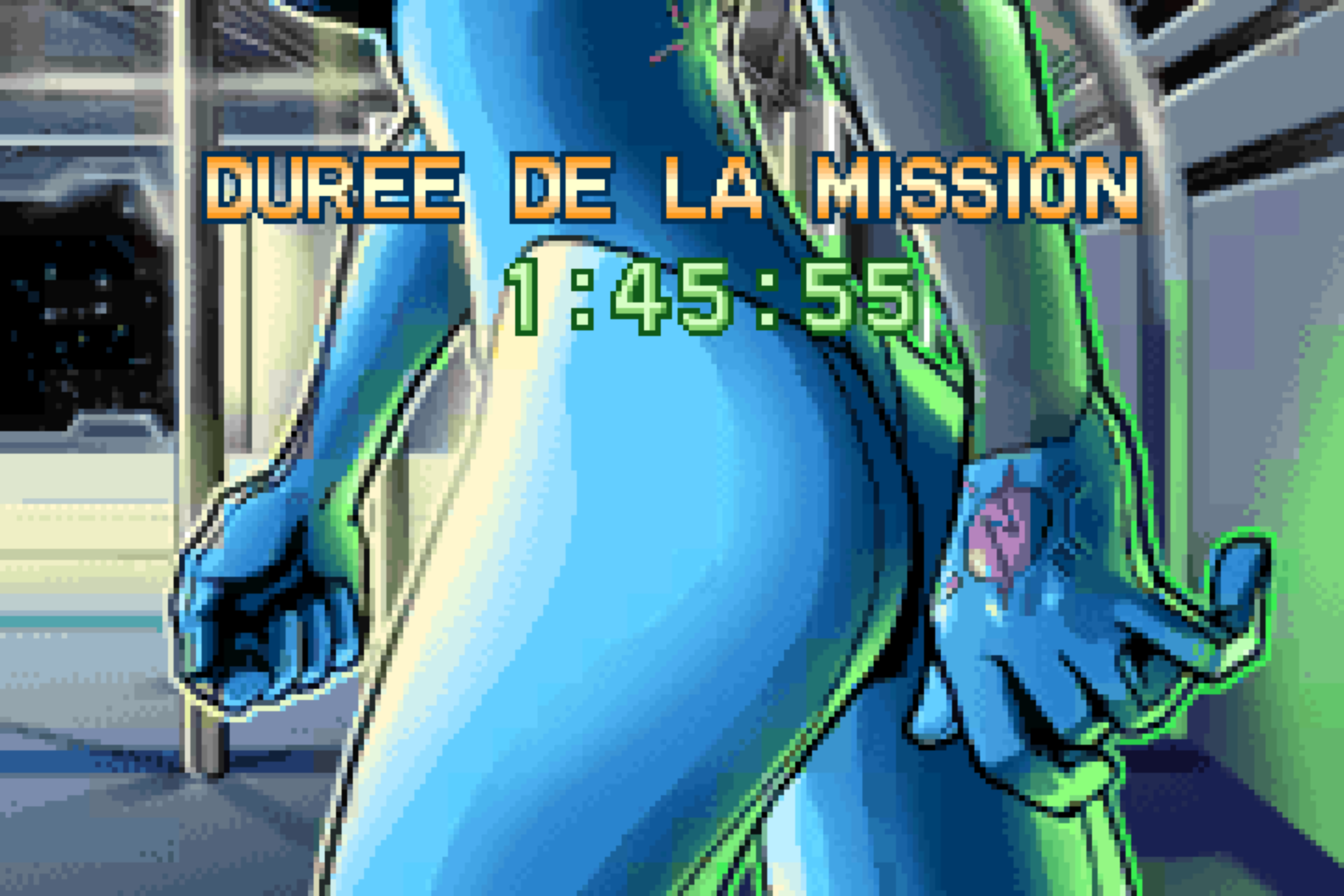SuperLumberjack
Member
Hi everybody! 
I've been looking for a long time a way to upscale 240p contents to the 2160p (4k) resolution, particularly old cinematic videos, but old 2D games too, in a goal of preservation of History I would say
But the complicated thing has never been to upscale an image, but to have something natural, which is preserving the original feeling of these contents.
And that's the real difficulty of that!
It's almost an impossible quest to translate the feeling that we got on CRT TVs or CRT monitors with digital contents and displays. But that's not why I don't want to try.
But I'm not sure that we have to go to the point where we need to replicate the image of CRTs or have blocky pixels. I think that we can have compromises, but as usual, the compromises are a question of tastes...
I already tried lots of things the last years, but was never really satisfied of what I did. It's still the case today, but want to show you 6 different ways that I used to upscale low resolution contents.
So, I just need your help, please, to know what is the best for you!
And I'm open to any suggestions if you have ideas
Thank you very much!
(sorry for my bad English)
You can have 2 votes, if you prefer a method for cinematics for example and another for 2D games.
You can watch my videos here :
METHOD 14: https://www.neogaf.com/threads/best...tents-to-4k-resolution.1644393/post-267710180
METHOD 15: https://www.neogaf.com/threads/best...tents-to-4k-resolution.1644393/post-267891476
METHOD 17: https://www.neogaf.com/threads/best...tents-to-4k-resolution.1644393/post-268306489
METHOD 18: https://www.neogaf.com/threads/best...tents-to-4k-resolution.1644393/post-268636530
PLAYLIST : https://www.youtube.com/watch?v=7_eO2q6Apy4&list=PLL_S06Mn5k4lKgTD0bLnDMjE11MwPsgim
I've been looking for a long time a way to upscale 240p contents to the 2160p (4k) resolution, particularly old cinematic videos, but old 2D games too, in a goal of preservation of History I would say
But the complicated thing has never been to upscale an image, but to have something natural, which is preserving the original feeling of these contents.
And that's the real difficulty of that!
It's almost an impossible quest to translate the feeling that we got on CRT TVs or CRT monitors with digital contents and displays. But that's not why I don't want to try.
But I'm not sure that we have to go to the point where we need to replicate the image of CRTs or have blocky pixels. I think that we can have compromises, but as usual, the compromises are a question of tastes...
I already tried lots of things the last years, but was never really satisfied of what I did. It's still the case today, but want to show you 6 different ways that I used to upscale low resolution contents.
So, I just need your help, please, to know what is the best for you!
And I'm open to any suggestions if you have ideas
Thank you very much!
(sorry for my bad English)
You can have 2 votes, if you prefer a method for cinematics for example and another for 2D games.
You can watch my videos here :
METHOD 14: https://www.neogaf.com/threads/best...tents-to-4k-resolution.1644393/post-267710180
METHOD 15: https://www.neogaf.com/threads/best...tents-to-4k-resolution.1644393/post-267891476
METHOD 17: https://www.neogaf.com/threads/best...tents-to-4k-resolution.1644393/post-268306489
METHOD 18: https://www.neogaf.com/threads/best...tents-to-4k-resolution.1644393/post-268636530
PLAYLIST : https://www.youtube.com/watch?v=7_eO2q6Apy4&list=PLL_S06Mn5k4lKgTD0bLnDMjE11MwPsgim
[I recommend to watch this video in the 4k resolution and fullscreen, even on a 1080p display.]
00:00 Method / PlayStation and Dreamcast games
00:13 Blood Omen: Legacy of Kain (PlayStation 1 - NTSC) - Introduction part 1
01:08 Blood Omen: Legacy of Kain (PlayStation 1 - NTSC) - Introduction part 2
01:46 Legacy of Kain: Soul Reaver (PlayStation 1 - NTSC) - Credits
02:51 Legacy of Kain: Soul Reaver (Dreamcast - NTSC) - Chronoplast visions
03:21 Legacy of Kain: Soul Reaver (PlayStation 1 - NTSC) - Introduction » It's not the 480p version
05:12 Legacy of Kain: Soul Reaver (PlayStation 1 - NTSC) - Demo
5:44 Super Nintendo games / Tintin : Le Temple du Soleil (Super Nintendo - PAL) - Demos
8:33 Donkey Kong Country 2: Diddy's Kong Quest (Super Nintendo - NTSC) - Gameplay
10:07 Super Castlevania IV [Uncensored (Hack v1.1- Jap traduit en FR)] (Super Nintendo - NTSC) - Introduction
11:28 Super Castlevania IV [Uncensored (Hack v1.1- Jap traduit en FR)] (Super Nintendo - NTSC) - Demo
11:54 Super Metroid (Super Nintendo - NTSC) - Demos
13:43 Donkey Kong Country 2: Diddy's Kong Quest (Super Nintendo - NTSC) - Ending
Last edited:




